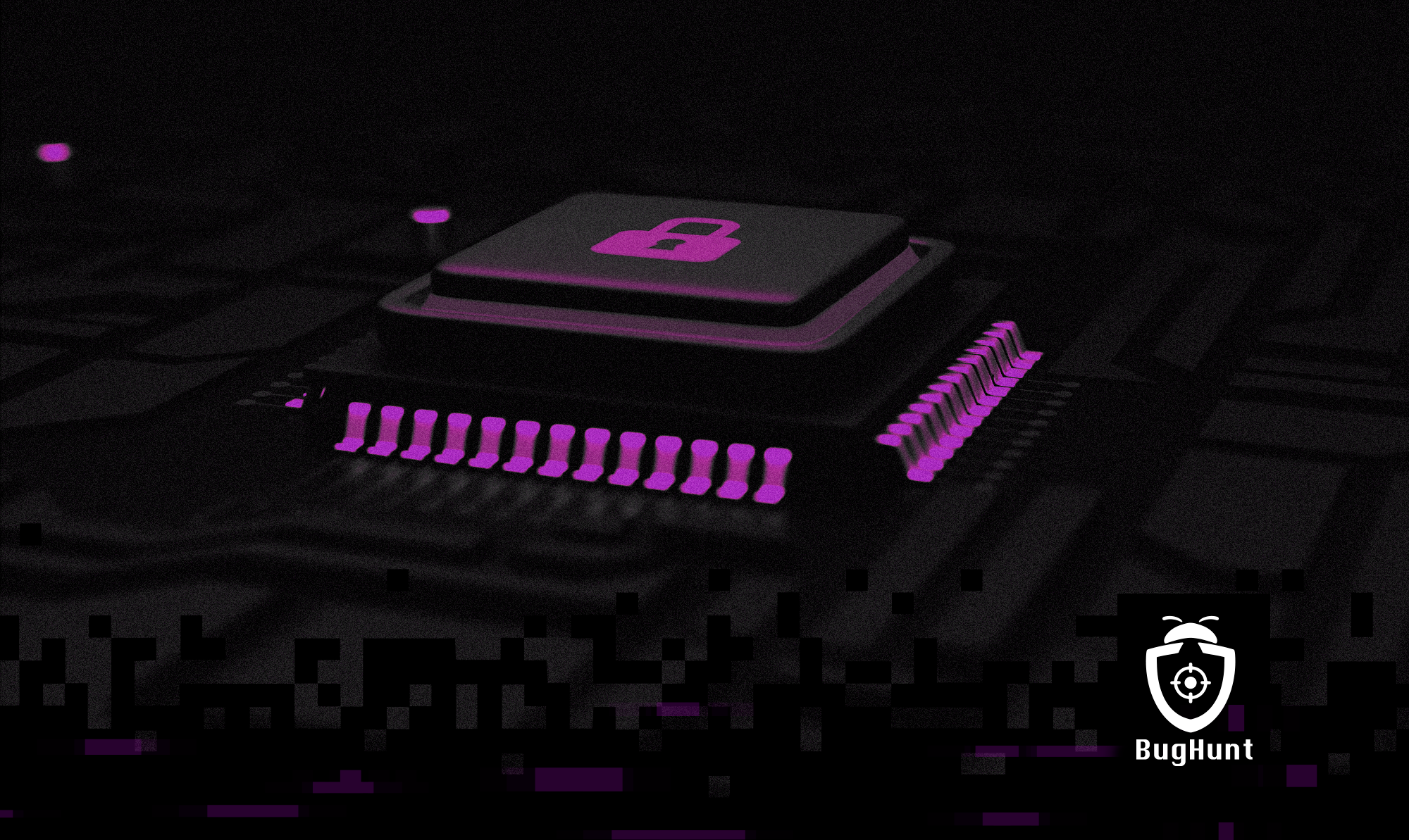How does a Data Loss Prevention (DLP) solution work?

Amidst the advancement of new technologies and the sophistication of cybercriminal practices, companies are becoming aware of the need to implement Data Loss Prevention (DLP) solutions to avoid the breach and loss of important information.
Given the rise of cybercrime through artificial intelligence, social engineering, or other methods of bypassing systems to gain privileges via falsified credentials, Data Loss Prevention emerges as a crucial solution for companies to develop a prevention plan to avoid data leaks, hijacking, and loss – especially from the inside out.
In this article, you will understand what Data Loss Prevention is, how it can help companies stay compliant with the General Data Protection Law (LGPD), and the role this strategy plays in preventing financial and reputational damage to an organization. Let's dive in! Enjoy your reading!
What is Data Loss Prevention (DLP)? Data Loss Prevention is a solution integrated with a set of security and inspection tools against malicious agents (such as malware), combined with best practices for handling a company’s internal information.
These best practices include monitoring the use of the corporate network to prevent data leaks through vulnerabilities or actions that might expose the data – such as backdoors, phishing, etc. – and also against internal threats.
The programs and strategies for implementing Data Loss Prevention may vary from company to company but are crucial for ensuring information security and reducing the risks of cybercrime, as we will see below.
What is its importance in the corporate environment? Although the importance of Data Loss Prevention may seem obvious, many companies still overlook the measures that fit into a DLP strategy, as the rise of cybercrime might not be taken seriously by managers.
Since it focuses on preventing data loss, one of the main focuses of Data Loss Prevention is internal threats, which, despite being fewer in number than external cyberattacks, can cause greater damage both financially and reputationally.
Additionally, adopting Data Loss Prevention measures helps companies stay compliant with the LGPD (General Data Protection Law) – avoiding the possibility of fines and legal action for data breaches.
In the day-to-day operations of a company, a DLP solution is responsible for monitoring user and system activity logs, detecting and blocking confidential data while in use, being transmitted, or stored, thus preventing data leakage or loss.
How does a DLP solution work? As mentioned earlier, Data Loss Prevention strategies can vary from company to company. However, they function as a set of cybersecurity solutions aimed at monitoring daily activities of users on the corporate network.
Here are the main actions a DLP solution can perform:
Data Classification and MappingThrough a Data Loss Prevention solution, data can be categorized for quicker and more dynamic monitoring. Credit card numbers, passwords, confidential documents, and other types of files can be “tagged” for easy identification during transit.
This allows for tracking who accessed the data, where it was sent, and how. It can also be used to block unauthorized access to that category of files and facilitate subsequent investigations if protocols are bypassed.
Visibility of Local or Remote ProcessesWith a DLP solution, it is also possible to create logs (records) of what happens in a system, regardless of its location. This helps prevent breaches via insecure endpoints, guiding users connected to remote networks or devices not authorized by the company.
Access Token CreationCreating tokens to replace specific values corresponding to that value is a way to protect data and keep your company secure. This makes access more secure and can also terminate the connection in case of inactivity, requiring token authentication periodically.
Benefits of Data Loss PreventionEven though cybersecurity is still an emerging topic in corporate meeting priorities, many companies are recognizing the importance of ensuring data integrity and are actively taking steps to achieve this.
As we have seen, the Data Loss Prevention strategy offers monitoring with security and privacy preservation for users and intellectual property of a company. Additionally, we can highlight:
Cloud Data ProtectionWith increasing data being processed in Cloud Computing services such as IaaS, PaaS, and SaaS, Data Loss Prevention works by encrypting files during transfer to the cloud and ensuring access is only possible from devices authorized by the company or organization.
Data Use MonitoringAs mentioned, Data Loss Prevention enables the monitoring of local or remote endpoints, protecting data from malicious actions, accidental actions, operational errors, transfer to removable media – such as USB drives or external hard drives – and even against file duplication or printing.
Market AdvantageCompliance with regulations greatly benefits brand reputation. Aligning with LGPD standards with a solid information security strategy keeps the company on par with others that are already prepared and ahead of those still slow to understand the need for privacy and cybersecurity in the market.
Vulnerability SearchWithin the Data Loss Prevention strategy, the search for system flaws that might pose a risk to company data also has its place. Scanning systems for any weaknesses, gaps, and vulnerabilities that could be exploited by cybercriminals can also prevent incidents.
The Bug Bounty is a great example of this service and is also a growing cybersecurity trend. With intelligent and thorough solutions to ensure information security, adopting Bug Bounty in your Data Loss Prevention strategy can be a powerful tool to keep your company within cybersecurity standards and off the radar of cybercriminals.
Did you like this text? Stay tuned to the BugHunt Blog and explore everything in the world of cybersecurity.

